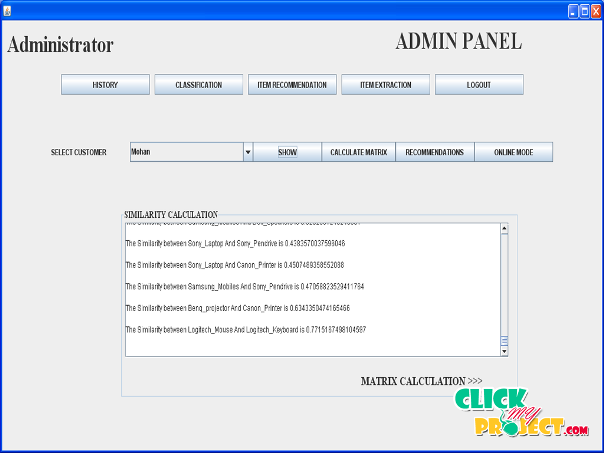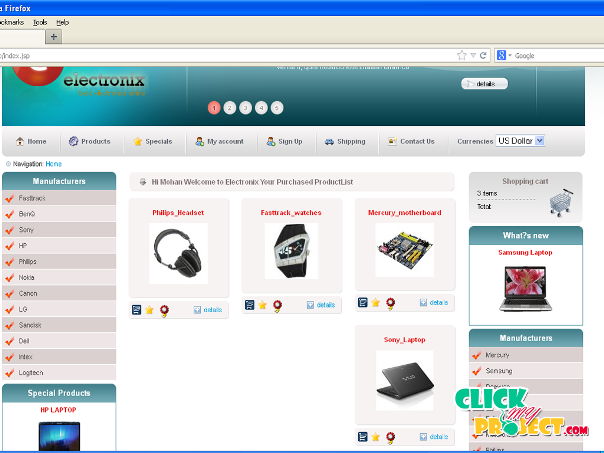Recommendation Method For Improving Customer Lifetime Value Using Item To Item Collaborative Filtering
US$28.81
10000 in stock
SupportDescription
Recommender systems apply knowledge discovery techniques to the problem of making personalized recommendations for information, products or services during a live interaction. These systems, especially the k-nearest neighbor collaborative filtering based ones, are achieving widespread success on the Web. The tremendous growth in the amount of available information and the number of visitors to Web sites in recent years poses some key challenges for recommender systems. These are: producing high quality recommendations, performing many recommendations per second for millions of users and items and achieving high coverage in the face of data sparsity. In traditional collaborative filtering systems the amount of work increases with the number of participants in the system. New recommender system technologies are needed that can quickly produce high quality recommendations, even for very large-scale problems. To address these issues we have explored item-based collaborative filtering techniques. Item-based techniques first analyze the user-item matrix to identify relationships between die rent items, and then use these relationships to indirectly compute recommendations for users. In this paper we analyze die rent item-based recommendation generation algorithms. We look into die rent techniques for computing item-item similarities (e.g., item-item correlation vs. cosine similarities between item vectors) and different techniques for obtaining recommendations from them (e.g., weighted sum vs. regression model). Finally, we experimentally evaluate our results and compare them to the basic k-nearest neighbor approach. Our experiments suggest that item-based algorithms provide dramatically better performance than user-based algorithms, while at the same time providing better quality than the best available user based algorithms. The amount of information in the world is increasing far more quickly than our ability to process it. All of us have known the feeling of being overwhelmed by the number of new books, journal articles, and conference proceedings coming out each year. Technology has dramatically reduced the barriers to publishing and distributing information. Now it is time to create the technologies that can help us sift through all the available information to find that which is most valuable to us.






